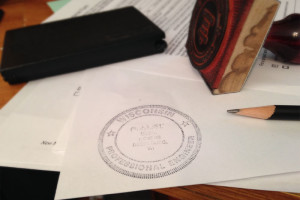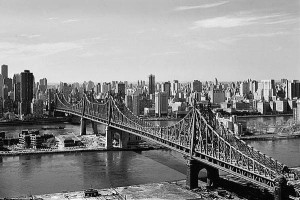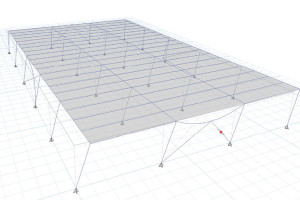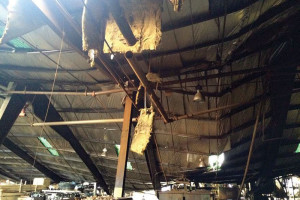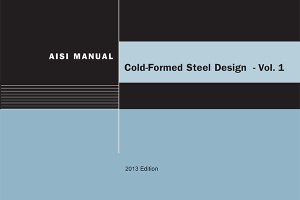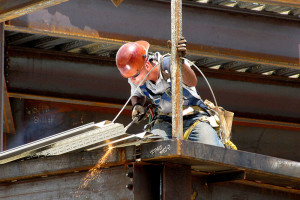At its 2015 Annual Meeting in August, the National Council of Examiners for Engineering and Surveying (NCEES) voted on Motion 1 submitted by the Advisory Committee on Council Activities (ACCA) (see the full text of the committee’s charge and rationale). If passed, Motion 1 would have ultimately modified the Model Law and Model Rules to limit both the use of the structural engineer title and the practice of structural engineering. …
Review Category : Articles
An engineer’s stamp, or seal, is a symbol of professional pride and accomplishment. It signifies that the engineer has attained a level of education, competence, and experience so that he or she may be relied upon by private and public clients to prepare a set of plans and specifications that conform to the standard of care in the engineer’s area of practice. But does the mere act of stamping a set of plans create any additional liability concerns for the engineer? …
The East River separating Manhattan Island from Long Island was long a barrier for people and goods traveling into and out of what was called New York City. Manhattan Island was formed by the East River, on the east, the Harlem River on the North, and the Hudson River, frequently called the North River, on the west. The East River is more like a strait connecting Long Island Sound with New York Harbor. Near the junction of the Harlem River, Long Island Sound and the East River is a zone of erratic currents called Hell Gate. …
Among the most powerful innovations in recent years in the structural engineering profession is the widespread adaptation and use of nonlinear analysis methods for seismic issues. The concept of nonlinear behavior has been around for decades, but only recently – say, within the last 15 years – have practical analysis methods been introduced and embraced by many. Among these is the static pushover method, which enables a representation of nonlinear behavior without the need to develop and run sophisticated response history analyses. …
A snowstorm in November 2014 hit Northern Oregon and was subsequently followed with freezing rain and arctic temperatures of -20° F. This event caused a large manufacturing plant’s roof to collapse, resulting in extensive structural damage to the facility. Of the 400,000 square foot plant size, approximately 80,000 square feet (20% of the facility) collapsed and shut down the plant’s operations. …
Municipalities have, or are in the process of adopting, the 2015 edition of the International Building Code (IBC). The 2015 IBC incorporates by reference AISI S100-12, North American Specification for the Design of Cold-Formed Steel Structural Members, 2012 Edition. To facilitate the use of AISI S100-12, the American Iron and Steel Institute (AISI) developed the 2013 edition of its Cold-Formed Steel Design Manual (Manual). …
Washington State University
KPFF Consulting Engineers was an Award Winner for the Brelsford Visitor Center project in the 2014 NCSEA Annual Excellence in Structural Engineering awards program (Category – New Buildings under $10M). …
“What are we going to do with Abcd? He’s not as up-to-date with design specifications as he used to be. He no longer wants to work long hours. He really doesn’t want to travel for work and is no longer able to do the more physically demanding field work. What ARE we going to do with Abcd?” …
“Luck favors the prepared mind”. This adaptation of a quote by Louis Pasteur is one of my favorites because it very succinctly describes the ingredients that make up what many of us consider our good fortune. The truth is, we are presented with opportunities for success all the time. Luck happens when we are prepared to take advantage of those opportunities. And most of those opportunities don’t just happen to us. They are really the result of hard work, combined with careful, thoughtful planning. …
Steel has always been reliable as a building material – durable, strong, resilient and sustainable. Steel is also an innovative material, and there are new products and practices available to architects, engineers, building owners, contractors and others to streamline the design process and speed up the time of construction. Here are some examples. …

